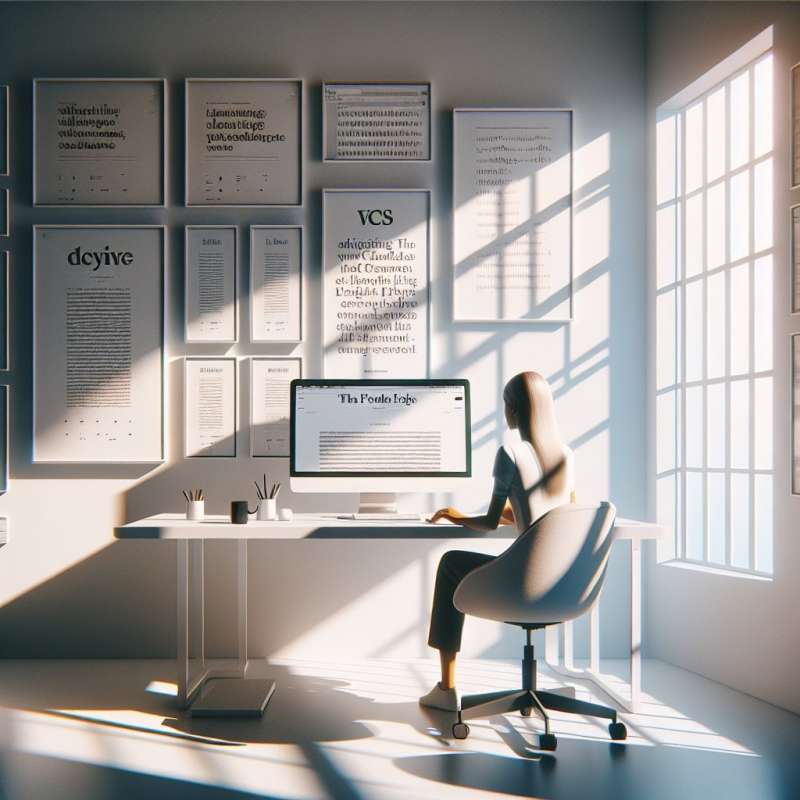
CSS Variables for Consistency
CSS custom properties, or variables, allow for centralized control of values. Define a variable once, use it throughout the stylesheet. They enable dynamic changes, like theming, without redundancy or complex calculations.
Grid Layout Mastery
CSS Grid introduces two-dimensional layout control, moving beyond Flexbox's one dimension. Grid areas, template columns, and rows create complex layouts that respond intuitively across devices without convoluted HTML structures.
Blend Modes and Filters
CSS blend modes and filters offer Photoshop-like effects directly within stylesheets. Blend child elements with backgrounds or apply visual effects like blur and saturation, all without image editors.
Advanced Pseudo-classes
Beyond :hover and :active, CSS has structural pseudo-classes like :nth-child and :not(). These selectors target elements in ways that were once only possible with JavaScript, enhancing interactivity and structure.
Custom Fonts and Typography
Web fonts revolutionized type on the web, but advanced CSS goes further. Variable fonts, font loading APIs, and typographic properties like letter-spacing and text-shadow enhance readability and design.
Animation Beyond Transitions
Complex animations can be achieved using the @keyframes rule, allowing multi-step, repeating, and responsive animations. They can be controlled with JavaScript for interactive, on-demand effects.
Media Queries and Responsiveness
Media queries form the backbone of responsive design, but using units like em and rem for breakpoints, and combining with Grid, can lead to more fluid and context-aware adaptability.
What do CSS custom properties enable?
Centralized control of values
Two-dimensional layout control
Responsive breakpoint units
Company